Author: Nathanael Johnson
Kelly Garrett runs his 7,000-acre farm in western Iowa with the same attitude he brings to a game of golf. He wants a hole in one every time — in other words, perfection.
He is the seventh generation of his family to live and work on the rolling hills of Garrett Land and Cattle in Arion, Iowa, tending to lush fields of corn and soybean crops and raising cattle for beef. In no-frills jeans and work boots, Garrett looks like a man who has spent his life farming. The eyes under his bald head have wrinkles nestled into their corners, hinting at decades of squinting in the sun.
Garrett harbors a seemingly unquenchable urge for progress on the farm that he runs with his father. If his soil could be healthier, his crop yield higher, his profit margins wider, he makes it happen. It’s this need to be at the cutting edge of agriculture that drove him to co-found XtremeAg.farm, a website where Garrett and six other farmers review agricultural tools and practices. Partner companies pay them to screen products and report to their readers whether they’re worth the effort and money or just agricultural snake oil.
It was through this side gig that Garrett first seriously considered carbon capture. He figured he could tweak his agricultural techniques to suck planet-warming carbon out of the atmosphere and get paid by corporations looking to “offset” their carbon emissions. Big businesses often find it cheaper to pay somebody like Garrett to trap more carbon than it is for them to change their ways.
It turned out Garrett didn’t need to do much to get paid. Nori, the carbon-market broker Garrett began working with last year, allows farmers to make money for carbon-sequestering practices, like avoiding the plow, they started anytime after 2010. That’s good news for Garrett, who hasn’t plowed or otherwise tilled his fields since 2012. He had already sowed many of his fields with cover crops — not for harvest but to improve soil health and capture carbon dioxide through photosynthesis — and he expanded his use of them.
Since signing up with Nori, Garrett has raked in nearly $150,000 for capturing carbon in his soil, though it’s hard to know exactly how much carbon Garrett is actually storing. And because of that, it’s impossible to know if he’s storing more carbon than he would have put into his fields if he hadn’t gotten paid. That’s a problem for the carbon offset market (which is somewhere around a billion dollars according to some reports), which is built on the idea that money will persuade someone, somewhere, to remove additional carbon dioxide from the air.
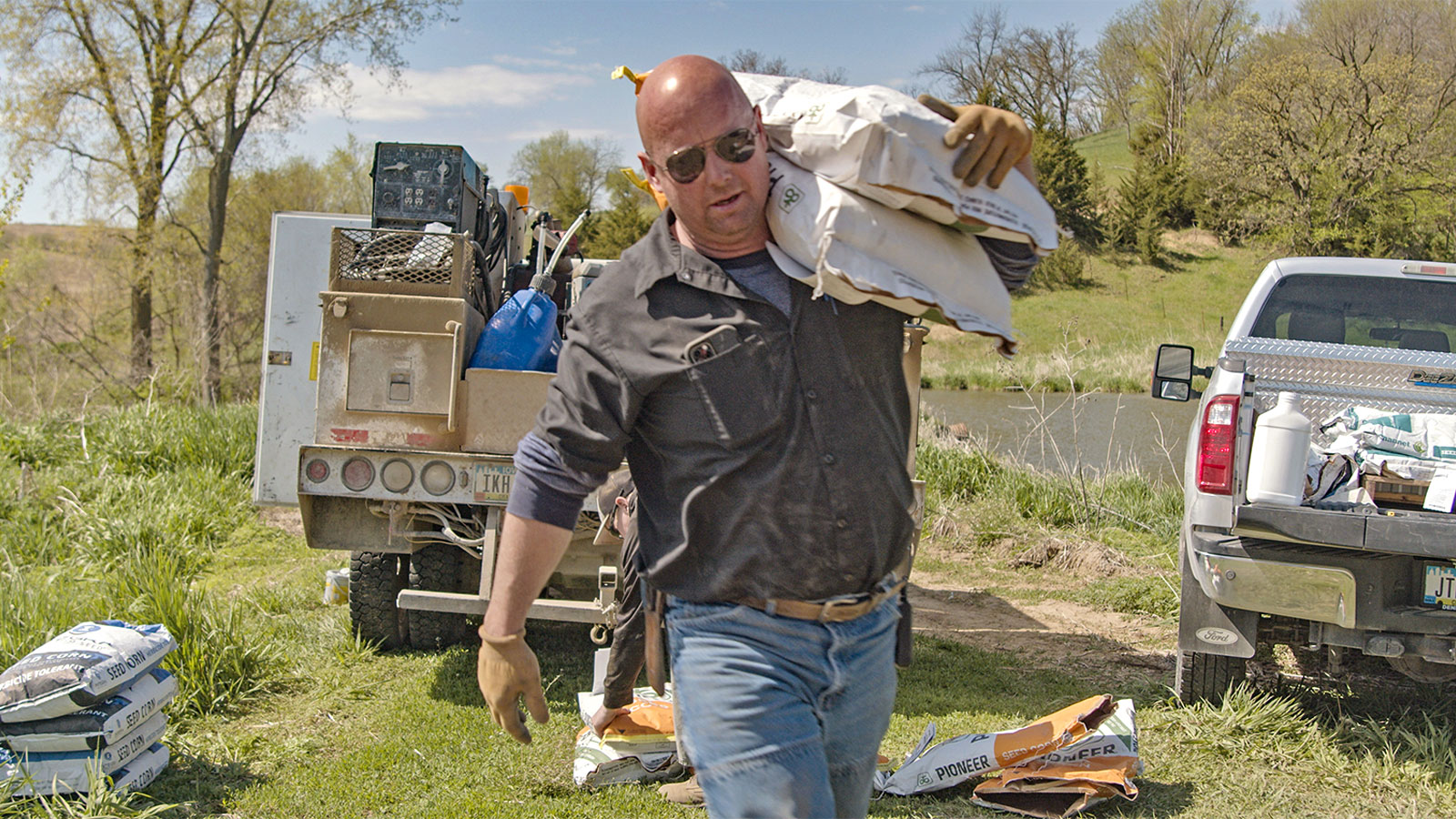
Earlier this year, for instance, Occidental Petroleum sold a shipload of oil that it said was completely carbon neutral because it had bought offsets for the latent pollution in the crude at 65 cents for every one of the 2 million barrels. But if that money goes to some good environmental practices that were already happening — and not happening only because Occidental had paid for them to happen — the amount of carbon dioxide in the atmosphere will still increase when that oil burns.
Interviews with experts and landowners suggest that Garrett’s case is typical, and this sets up a massive accounting problem. It means that businesses — and even governments — will think they’ve zeroed out each additional ton of pollution they spew into the atmosphere, when in fact it’s unclear if anyone is actually balancing their emissions by removing more carbon from the air. It’s called the “additionality problem.” And in the 30 years that people have been selling carbon offsets, no one has been able to solve it.
Humanity will have to use every tool available to have a shot at reversing climate change. Forests and farms could play a big role in that effort, if the people who manage those lands had the right incentives. Startups laden with venture capital money, like Nori, have begun funneling money to farmers and foresters in hopes of creating those incentives. The Senate passed a bill late last month, the Growing Climate Solutions Act, that could put the full force of the federal government behind these efforts. At a time when partisanship runs hot, all but 8 Senators voted for the legislation and its companion is moving quickly through the House of Representatives. Done right, it might be the move that finally scales up the conservation practices that scientists have been begging farmers and foresters to adopt for years. Done wrong, it would allow corporations, such as Delta Air Lines, Shell, and Google, to pollute consequence-free.
“In my 15 years of experience on agricultural sustainability policy, I’ve never seen this much energy behind land sector policy,” said Chris Adamo, a lobbyist for the Paris-based food giant Danone, at a conference in May. “It may be one of the largest windows we’ve ever seen — in terms of having a massive constituency from companies, to NGOs, to farms — perhaps for the first time ever calling for very similar things.”
The first carbon offset scheme started in 1989, when the Virginia-based utility, AES Corporation, sought to build a coal-fired power plant north of New London, Connecticut. This particular power station was supposed to be special — a carbon-neutral facility. The company paid $2 million to small farmers in Guatemala to plant some 50 million trees, expected to be enough to suck up all the power plant’s carbon dioxide emissions over 40 years.
But nothing quite worked as planned. The Guatemalan farmers planted trees over an area the size of Chicago, much of which they then harvested for fuel and lumber well before the 40 years was out. On the bright side, it perhaps kept farmers from chopping down nearby forests. “Did it work? I have no idea. It’s almost impossible to tell,” said Mark Trexler, who helped design and analyze the project while working at the World Resources Institute. A study published in 2009 found that it had sequestered less than one-tenth the carbon expected.
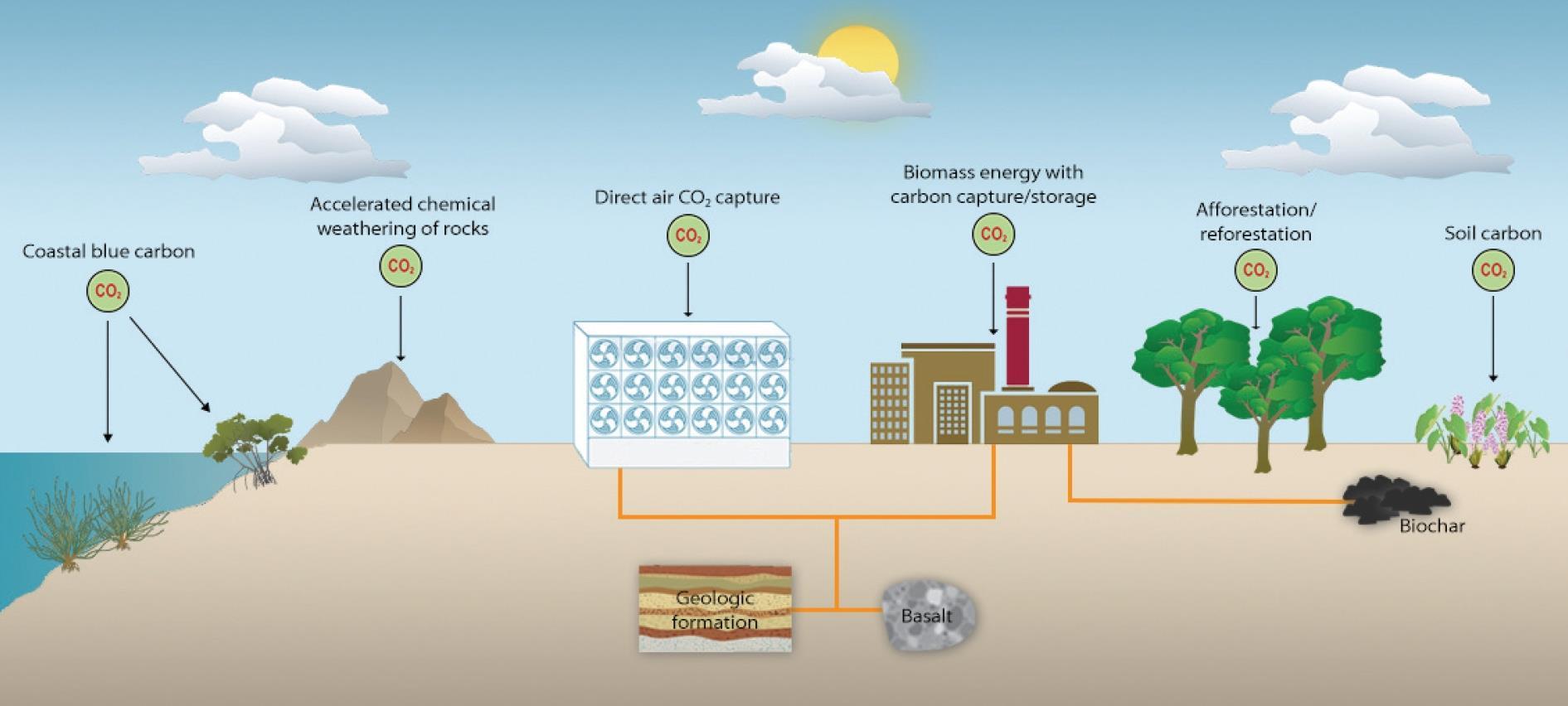
The problems with these projects pop up every few years when a journalist or academic uncovers some new failure. There was a program in Russia to buy up and destroy a potent greenhouse gas called trifluoromethane (a byproduct of making refrigerant gases). The scheme drove up the price of the gas, spurring factories to make more of it. Forests in the United States that were supposedly saved by offsets later burned down. And there were stories of forest owners like the Massachusetts Audubon Society getting money to “save” forests that nobody, especially not the birdwatchers, wanted to log. A European Union audit of the Clean Development Mechanism, a program to have polluters pay for offset projects in poorer countries, found that 85 percent of offset schemes had a “low likelihood” of actually resulting in less carbon dioxide in the atmosphere.
Proponents argue that these shortcomings are areas to improve upon, not reasons why the system should be thrown out altogether. One supporter of this argument is Senator Debbie Stabenow, a Democrat from Michigan and one of the sponsors of the Growing Climate Solutions Act.
“We’ve got to get started,” Stabenow told Grist. “Just because we don’t know all the answers right now doesn’t mean we shouldn’t get started when we’re in the middle of the existential threat of our time.”
More research needs to be done in terms of crafting effective, reliable carbon markets, she explained, but that’s the whole point of the proposal. The bill directs the Department of Agriculture to figure out which farm and forestry practices truly reduce carbon dioxide levels in the atmosphere and would put the department in charge of regulating the carbon offset market. The risk of giving up on offsets, Stabenow says, is that the U.S. could get left behind as the European Union and other countries find ways to harness agriculture and forestry to combat climate change.
Matthew Hurteau, an associate professor at the University of New Mexico who studies climate change mitigation and adaptation in forests, agreed that carbon offsetting isn’t a lost cause. If projects are reviewed with a discerning eye — with different verifiers cycling through and conducting unannounced spot checks — the public can be confident that they are capturing a significant amount of carbon emissions. There will always be land managers who take advantage of the system, he said, but many carbon offset programs have already improved.
“They are getting better,” Hurteau said. “Fifteen years ago, they were like, ‘Hmm, hold your nose.’”
As lawmakers attempt to formalize and scale up carbon-offsetting programs, it’s clear they face a challenge. Critics point out that the majority of payments to land managers — the people responsible for plowing up soil and cutting down trees — don’t actually change the managers’ behavior. Offsets only work to stop climate change when they reduce the amount of carbon in the air.
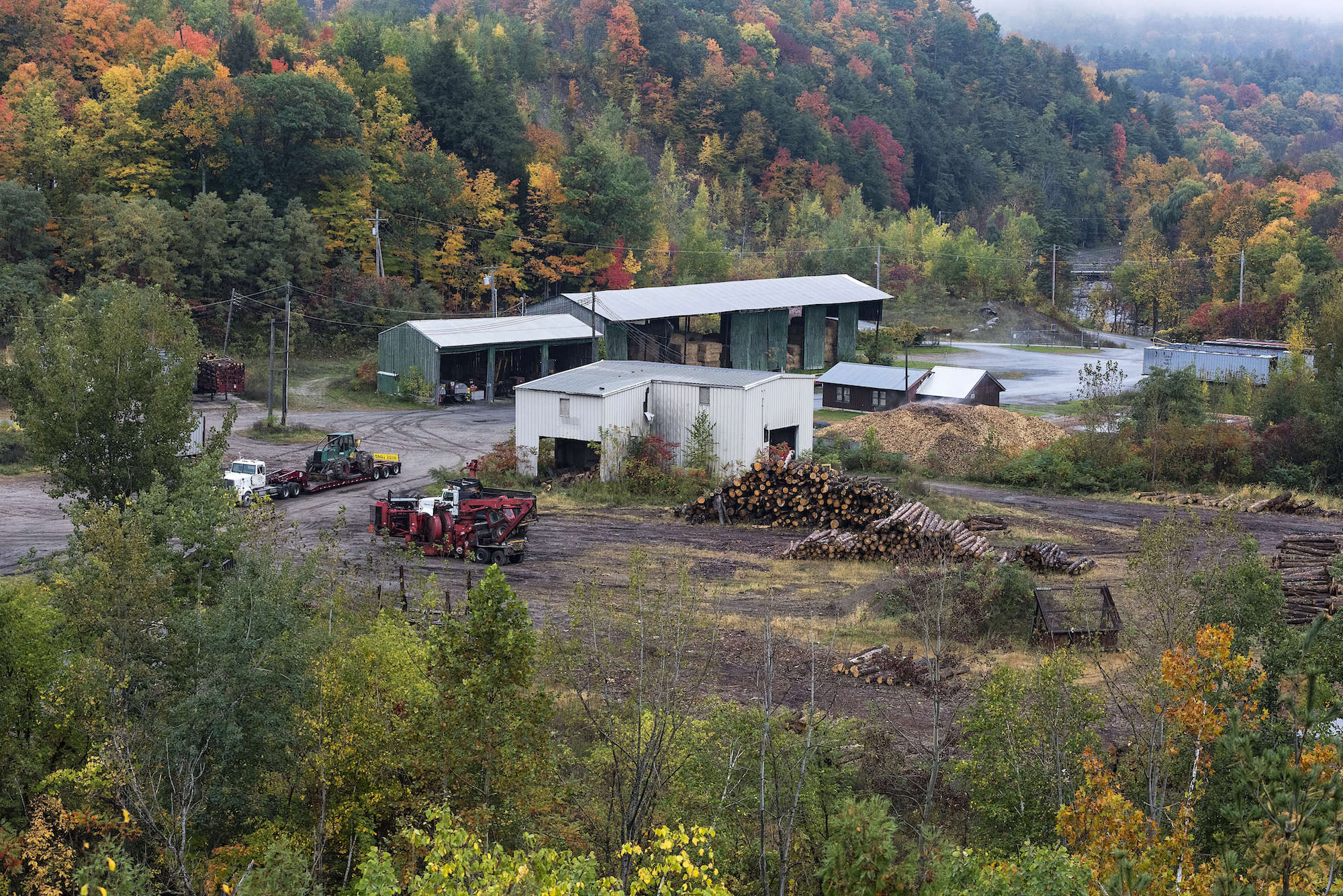
“If you straight up ask people, ‘Hey, did you do anything different?’ a lot of them will be like, ‘No, but we gotta get started somehow. Don’t let the perfect be the enemy of the good,’” said Danny Cullenward, the policy director at Carbon Plan, a nonprofit that analyses climate solutions.
And even when people do make small changes, these critics say, it’s nearly impossible to tell if they were spurred on by the money. Maybe Garrett planted more acres with cover crops because he was getting carbon payments, but maybe he would have planted them on more fields anyway when he noticed how they improved his soil.
When Grist started researching this story, we figured that AES Corporation’s coal-fired power plant and others like it might be notable exceptions: Airplane crashes make the news, but you never see headlines about all the planes that land without a hitch. We asked nonprofits and carbon offset companies to give us good examples of land managers capturing carbon in exchange for money — the sort that the Global Climate Solutions Act might expand upon if President Joe Biden signed it into law. But, surprisingly, most of them told us the managers weren’t making much of a difference, if at all.
Susan Benedict is an accountant whose family has kept a patch of woodland as an investment and vacation retreat in western Pennsylvania. Benedict said she’s happy with the small amount of money she received to keep her forest standing but said she wouldn’t have wanted to log it even if she didn’t get the payment. She loves walking through her old-growth forest and photographing animals too much to give it up.



Trey Hill, another farmer working with Nori, said he had put aside his plow and was already planting cover crops on his land in Rockhall, Maryland. After signing up with Nori, he extended these climate-friendly practices. Both Hill and Benedict are conserving land. It’s just not clear that these payments are the reason they’re doing so — and thus it’s not clear if Nori’s clients are pulling more carbon dioxide out of the air than before.
“The atmosphere might not be winning here,” said Lauren Gifford, a geographer at the University of Arizona who has studied carbon policy. “But these carbon offsets have provided a very fruitful funding source for conservation.”
Polluters want to offset their emissions as cheaply as possible, and so they generally hunt for bargains instead of the higher-cost projects that would suck more greenhouse gases out of the atmosphere. That means they find their way to the stewards of the land who have already taken on the risk and expense of experimenting with carbon-capture management practices, like Garrett. It’s always going to be the cheaper option.

“All you have to do is put it on paper as an offset, you don’t need to pay anyone to change their behavior,” said Trexler, who helped design AES Corporation’s Guatemalan scheme.
One solution would be to simply ask businesses to pay more to participate. Companies are currently paying between $3 and $15 for every ton of carbon pollution, which translates to some $20 per acre for farmers — a fee experts say is too low to trigger transformative changes. “The $20 price point is enough to get growers already interested in credits, but it’s not enough to get the grower who doesn’t know about it at all,” said Kari Hernandez, vice president for carbon operations at Indigo, another carbon offsets startup. “Growers say, at $40, $50, $80 an acre, ‘I’m willing to try some things.’”
Higher prices might solve the so-called additionality problem. Or they might force companies to avoid the offset market entirely and find other ways to cut carbon emissions.
It’s not as if you can’t find any examples of carbon offsets leading to on-the-ground changes. You just have to work harder to find them.
The carbon offset broker Bluesource pointed Grist to three solid success stories. Matt Beaupied, director of land resource at Greenleaf Timber Holding, which manages private logging land in Michigan’s Upper Peninsula, told us that carbon payments had allowed Greenleaf to scale back logging on the company’s 24,000 acres. Without the payments, he said, the company would likely have sold some of its property to be developed for vacation homes.
Paul Fortin’s maple forest reportedly produces a sizable chunk of Maine’s maple sugar. He told us that without the carbon money, he’d have had to sell some of his trees for timber. Jon Leibowitz of the Northeast Wilderness Trust said that offset money had allowed the group to buy 44,000 acres in Vermont when charitable donations for saving the land it manages fell a little short.
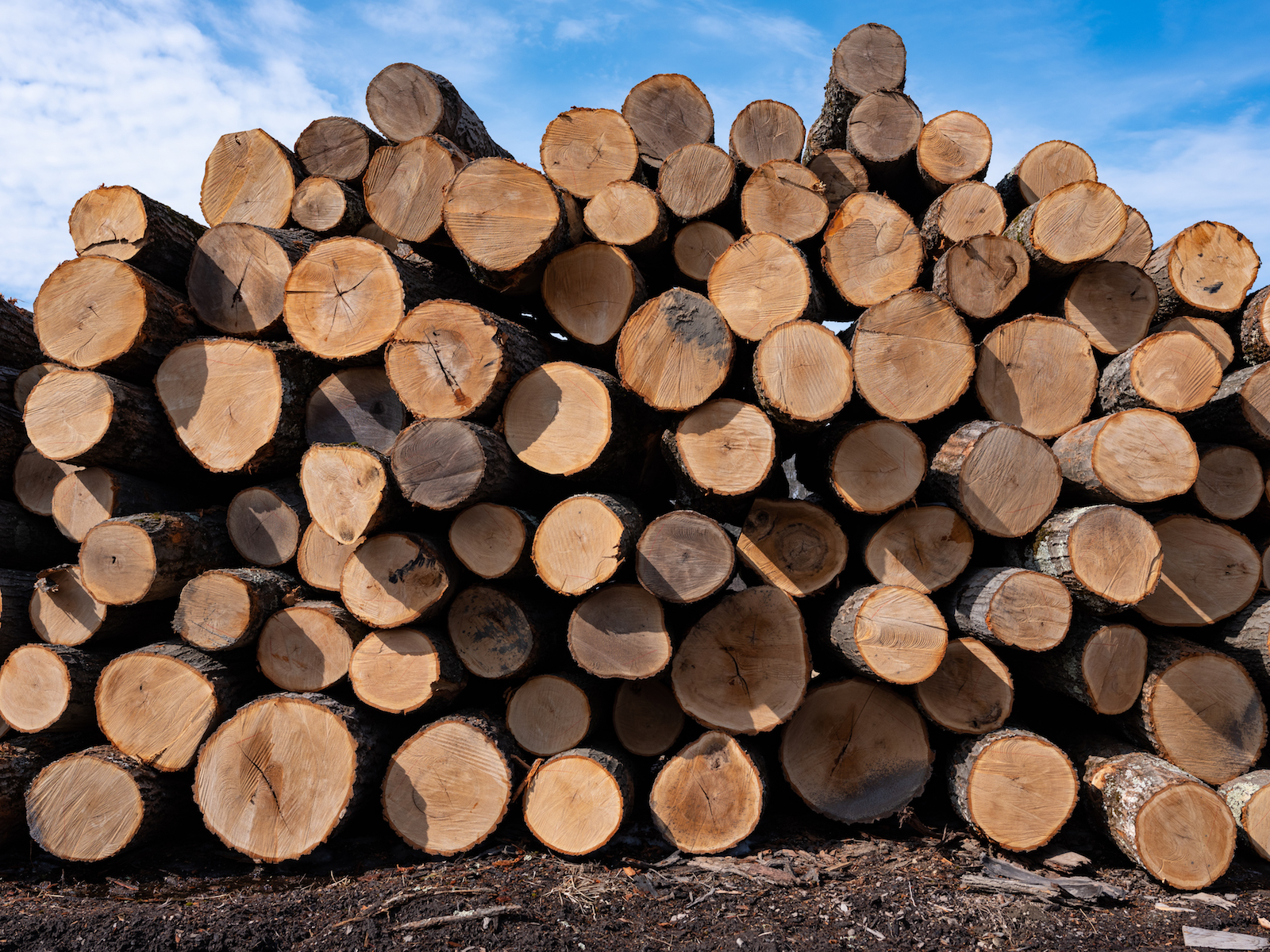
The Family Forest Carbon Project pointed us to Louise Hartman. Back in 1939, her grandfather bought a piece of the old Sober chestnut plantation in Pennsylvania — once the largest chestnut farm in the world, before a fungus wiped out American chestnut trees in the early 1900s. Hartman’s father was a pipefitter who followed his work all over the country, but whenever he was home he’d bring Louise and her two sisters down to the property, where he kept a small herd of Black Angus cattle.
“He taught us to love and take responsibility for the land,” Hartman said. But after the sisters inherited the land, they realized they didn’t have the expertise to manage it. So in 2002 when a timber company offered the family a hefty payment to allow them to cut some of their trees, they took the deal. The company made it sound like a harmless thinning project, but in reality, the loggers cut down all the biggest trees, a practice known as “high grading” that hurts long-term forest health.
“I’m an art historian, I worked in a museum,” Hartman said. “I didn’t know about forestry.”
In 2019, when Hartman joined up with the Family Forest Carbon Program — a joint project of The Nature Conservancy and the American Forest Foundation — she got that missing expertise. Last fall, a pair of foresters from the program walked with her among the trees, blowing Hartman’s mind with their knowledge. They then drew up a management plan designed to increase the forest’s capacity to hold carbon while at the same time improving habitat for birds, lynx, and deer.
“It listed all the trees we had on the land, trunk diameter, wildlife, water retention,” she said. “It was just so impressive.”
The plan allows for some logging, but now it’s precision thinning to improve the overall health of the forest. Hartman signed a 20-year contract to follow the foresters’ prescription, in return for her family getting $18,000 over those two decades.
For Hartman, the main benefit of the program is the free guidance. The money is mostly a bonus. Because Hartman simply didn’t know that there were better ways of doing things, she didn’t need much to be persuaded.
“It’s such a wonderful program,” she said. “I talk about it so much I think people are crossing the street when they see me coming.”
Experts who study the carbon market like Trexler and Barbara Haya, a research fellow at the University of California, Berkeley, told Grist that offsets that clearly lead to behavior change — and actually cut as much greenhouse gases as they claim — are in the minority. “We have found it mind-bogglingly difficult to find high-quality offsets,” Haya said. Trexler figures that without incredibly strict monitoring, the overwhelming majority of the money is falling prey to the additionality problem.
Congress has a chance to fix this with the Growing Climate Solutions Act. One way it could do that: Set strict standards and create a mechanism to enforce them.
Some carbon offset brokers don’t worry too much about channeling the money from polluting companies in a way to guarantee that land managers suck up more carbon. Others spend time carefully measuring trees and taking soil samples. “There are a lot of new companies springing up to provide lower-quality credits,” said Dan Blaustein-Rejto, who studies agriculture at the Breakthrough Institute, an environmental think tank in Oakland, California. “Some of the companies out there are basically vaporware. But there are some working really hard to cross their t’s and dot their i’s.”
For now, there’s no regulation laying out guidelines for what’s permitted, so the range of what brokers will pay for varies widely. Nori, for instance, pays land managers for practices they started up to a decade ago. Indigo, which hasn’t started making carbon payments yet, said it will only pay for carbon capture on fields where farmers change their practices the year they start the program.
The Family Forest Carbon Program, the organization working with Louise Hartman and Susan Benedict, is piloting a new approach. The organization compares each participant’s forest against 10 other similar plots of land to see if their program is really helping the participant’s capture more carbon. Hartman’s forest will be weighed against other recently logged parcels, while Benedict’s forest will be compared against old-growth wilderness. After 10 years, the organization is betting that there will be more carbon locked away in Benedict and Hartman’s forests than in the comparable plots.

If it turns out that loggers cut down some of the other old-growth woodlands compared with Benedict’s tract, that would suggest the money paid to her made a difference. If Hartman’s land grows big trees faster than the comparison plots, it would suggest that her forest management plan worked. And if none of that happens, the Family Forest Carbon Program won’t be able to sell carbon offsets on those properties at the end of 10 years and won’t recoup the money it gave to the landowners.
It’s a lot of work to show how much carbon dioxide any given farm or forest is sucking out of the air. The difficulty with measuring success has led some companies to give up on offsets and invest directly in efforts they think could make a difference. Stripe, an e-commerce company, dabbled in offsets for two years before recently deciding that the process was simply too complicated and too easily gamed.
“We don’t call ourselves carbon neutral,” said Tammy Winter, who handles climate communications at Stripe. “We reject that framing completely. It’s basically greenwashing,”
There’s no doubt that offset money goes to wonderful causes. A payment meant to encourage farmers to experiment with climate-friendly techniques is clearly better than doing nothing, even if that farmer was already doing a lot of experimenting. But what if all the money spent on offsets last year that allowed companies to wash their hands of carbon emissions went to the much more straightforward solution of stopping pollution in the first place?
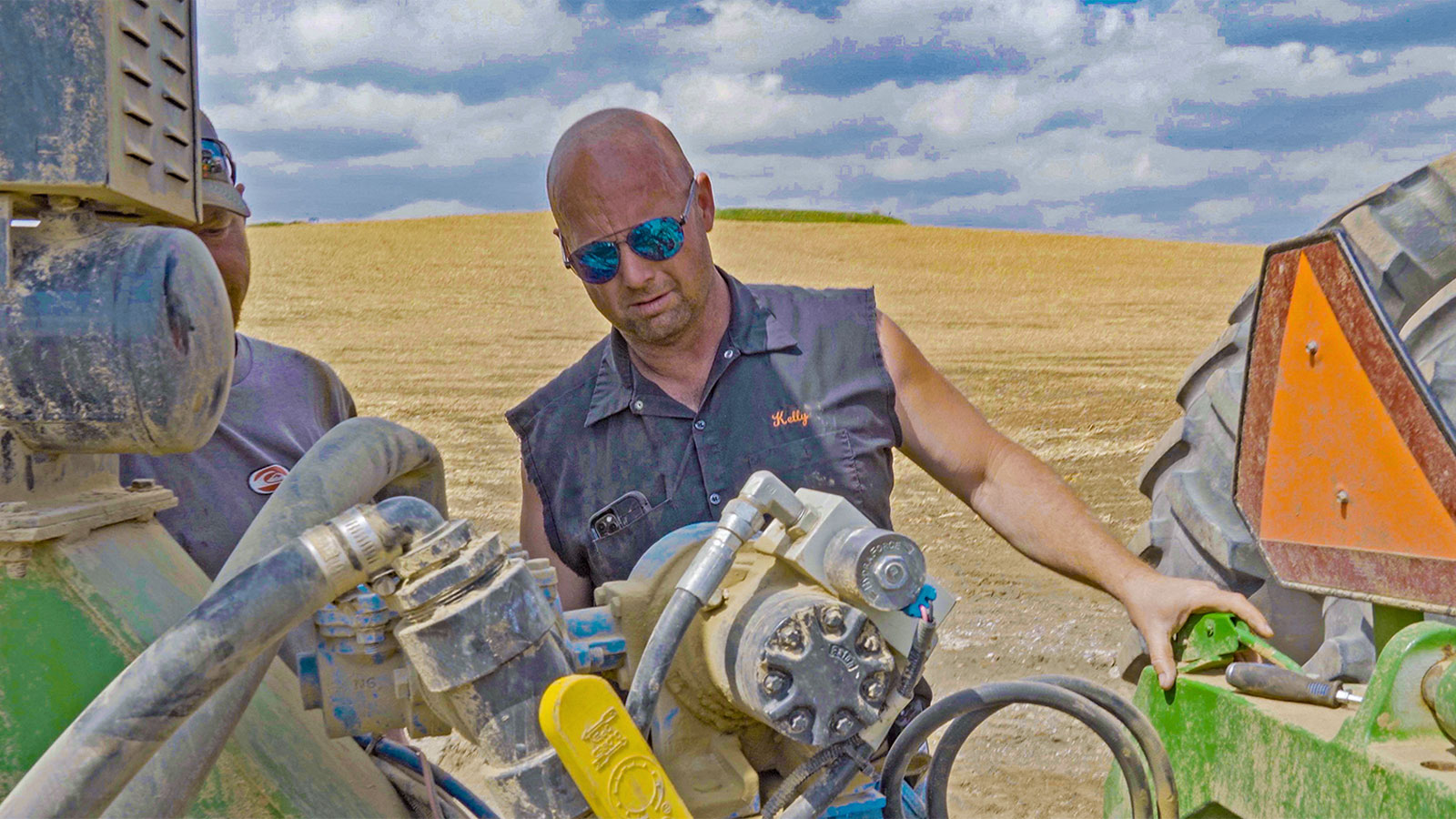
For Garrett, planting his fields in Iowa, there’s no debate. He’s convinced that, regardless of whether it offsets pollution, soil carbon sequestration is crucial for those who want to push American-style high-productivity farming to new heights. Garrett is aiming to break the Iowa state record on corn yield, a title held by the famed farmer Francis Childs, who grew a shocking 442 bushels an acre in 2002. And he might already be setting records for carbon capture in farmland — though that’s a lot harder to measure.
“I can’t tell you how much carbon was sequestered,” he said. “But you know what? The answer is a shit-ton.”
This story was originally published by Grist with the headline The US is about to go all-in on paying farmers and foresters to trap carbon on Jul 7, 2021.

